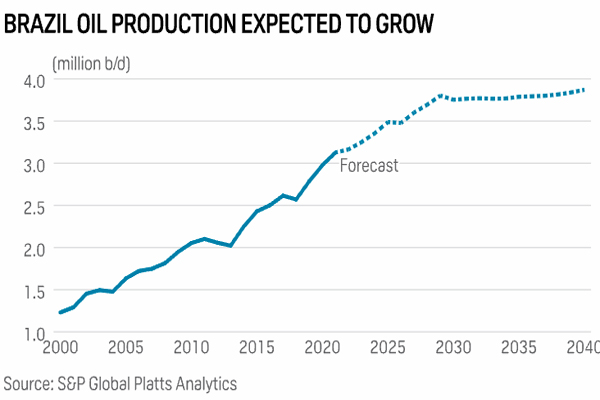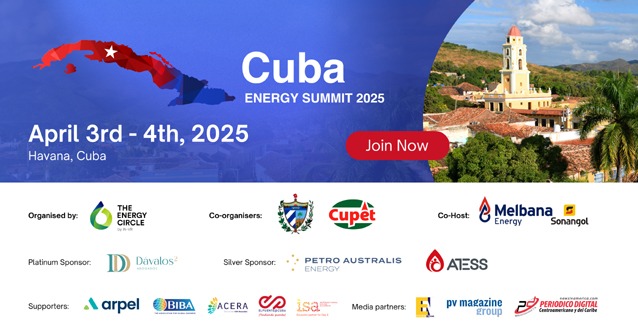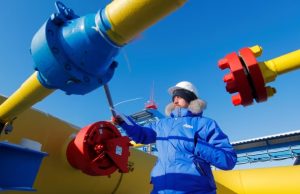
Sabrina Valle, Reuters
HOUSTON
EnergiesNet.com 03 21 2022
Brazil this decade expects to gradually add 3 million barrels per day of oil and gas to its production but cannot speed up those plans to offset a ban on Russian oil, top oil regulator Rodolfo Saboia told Reuters last week.
One of the largest and fastest growing non-OPEC oil producers, the South American country is expected to pump significantly more oil in the next two years at a time when buyers are searching for supplies to replace Russian crude blacklisted over its invasion of Ukraine.
Global crude demand is running about 100 million barrels per day. Spreading bans on Russian supplies since its invasion of Ukraine could push oil prices still higher. Russia, which calls its action a “special operation,” supplies about 7-8 million barrels per day of crude oil and products.
This month, U.S. Energy Secretary Jennifer Granholm called her counterpart in Brazil asking for faster increases, Brazil’s energy ministry has said. The U.S. also reached out to producers in the U.S., Venezuela and the Middle East.
Brazil’s geology and supply chain constraints mean it can take up to 10 years to place new projects into production, he said. Its oil largely comes from deepwater fields that require expensive platforms and subsea components, Saboia said.
“Production will grow, but there isn’t much that can be done to accelerate it,” Saboia told Reuters. “There is so much the industry can deliver.”
State-controlled oil firm Petrobras plans 15 large offshore production platforms by 2026, said Petrobras production head João Henrique Rittershaussen. The 15 will increase combined capacity by 2.425 million bpd of crude.
While most of the platforms are ready or under construction, only one – able to pump 180,000 bpd of crude – is planned to start this year, Rittershaussen said.
Another five with a combined capacity of 630,000 bpd of crude are scheduled to start operations next year, he said. But the output is not instantaneous. “It takes almost an entire year to reach full capacity in a platform like this,” Rittershaussen said.
Brazil’s offshore oilfields supply 97% of the country’s output, according to regulator ANP. Total production should grow to nearly 7 million bpd of oil and gas by the end of 2030, from 3.94 million bpd in 2021, according the government’s energy research body known as EPE.
Oil companies and suppliers have been increasing spending in Brazil in recent years. Investments have already climbed $1 billion this year compared to 2021 and are expected to total $20 billion next year, according to oil industry group IBP.
Sanctions on Russia could further boost foreign investment, said Fernanda Delgado, IBP’s executive director.
But, she warned: “This is just not an instant process.”
Reporting by Sabrina Valle; Editing by David Gregorio from Reuters.
reuters,com 03 21 2022












